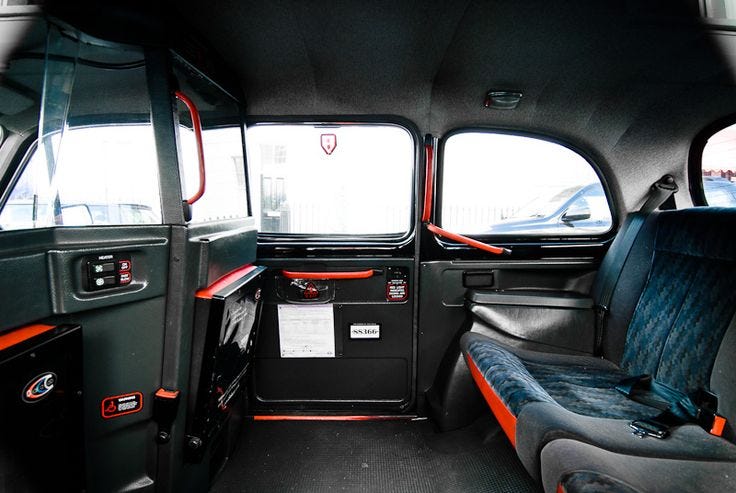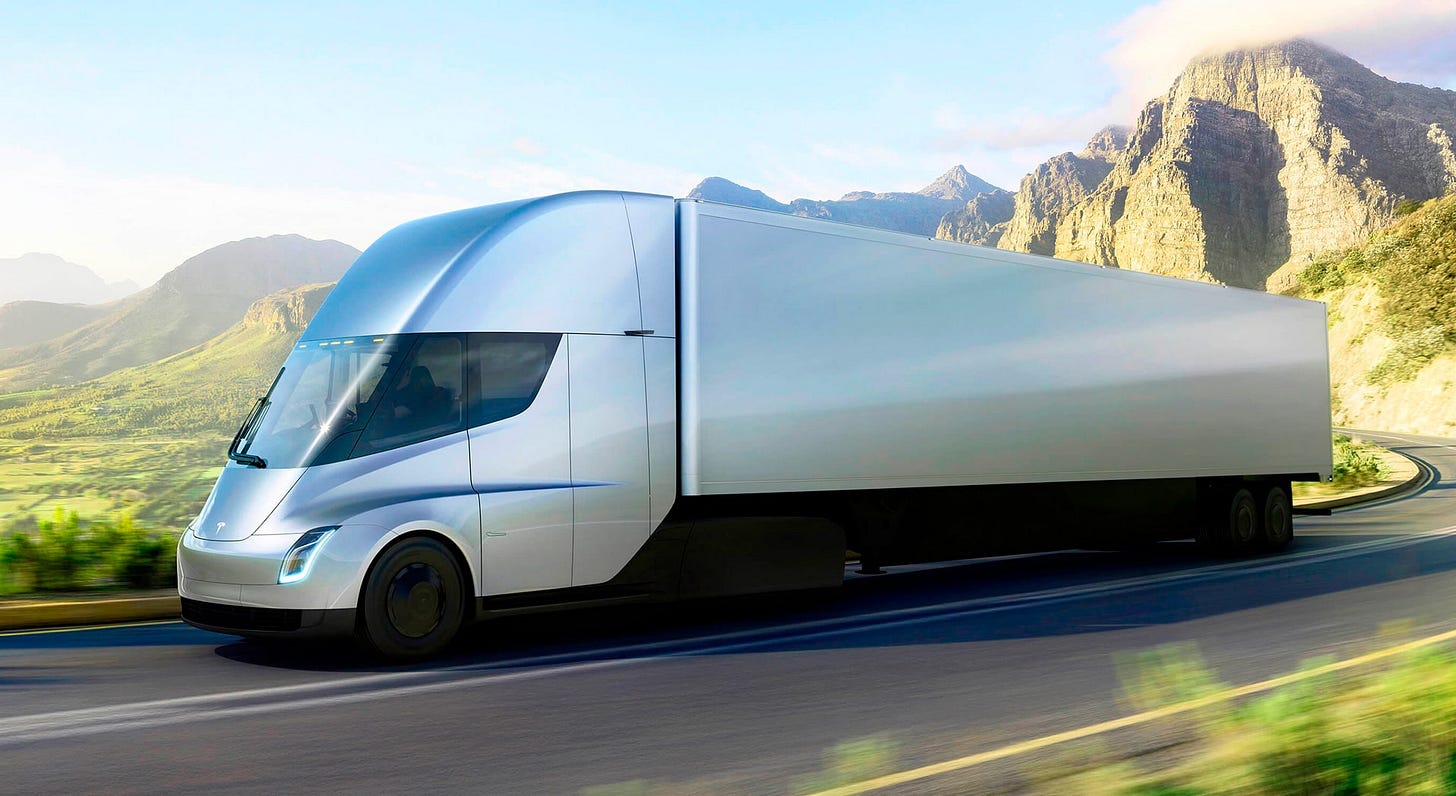My Problem with Autonomous Driving and, in Particular, the Robo Taxi
Let’s begin with the ill-designed taxi Elon would impose upon the world. It’s low, which mirrors all the taxis-cum-sedans across the planet, with the exception of the London black cab—high, short wheel base, and perfectly designed for passenger transport. Easy to get in and out without losing your dignity, room for four and the copious luggage common for airport or shipside delivery. The robo-taxi (I hesitate to capitalize such a disgrace) answers none of those requirements. Public transport should, above all else, be fit for use
Then, we must visit, ever so briefly (because I have much to say on the subject) of autonomous transport. Driverless cars and trucks may well be the future, but it’s unlikely before we reach the tipping-point of 51% autonomous. My guess is that is, at least, 100 years distant.
A taxi without driver means you load and unload your luggage yourself. Try that among the common, overweight, family of four off to holiday in foreign climes. Of further interest, there are currently an estimated 18 million taxis in the world, nearly all of which support two shifts of drivers. Elon would have us put 36 million workers of the world on the already burgeoning lists of the unemployed, not to mention the loss of delightful chit-chat one encounters on the ride. But, of course, I have forgotten to mention that Musk is the job-destroyer, having already mowed through American government.
Following this, let’s visit Elon’s next victim, autonomous heavy truck transport.
Here, he’s done himself proud with electric cross-country trucking. They combine decent range, excellent power, and unmatched economy. Expensive perhaps, but initial stats show that total recovered costs accrue in the 3rd year.
A winner for all, as long as they do not become autonomous, as is a Tesla goal. According to the latest data from the American Trucking Association (ATA), there are approximately 3.6 million professional truck drivers in the US. In America alone, that puts an employment target on the backs of those professionals, piling up potential job losses, and scaring the shit out of drivers of passenger cars. How comfortable would you be with a forty ton driverless behemoth bearing down on your rear bumper?
Bottom line? We need human drivers, faulty as they may be, behind the wheel of both cross country trucks and passenger vehicles on American highways.



